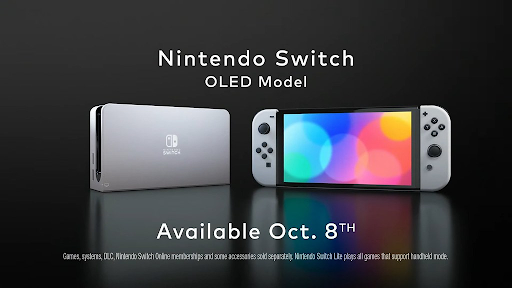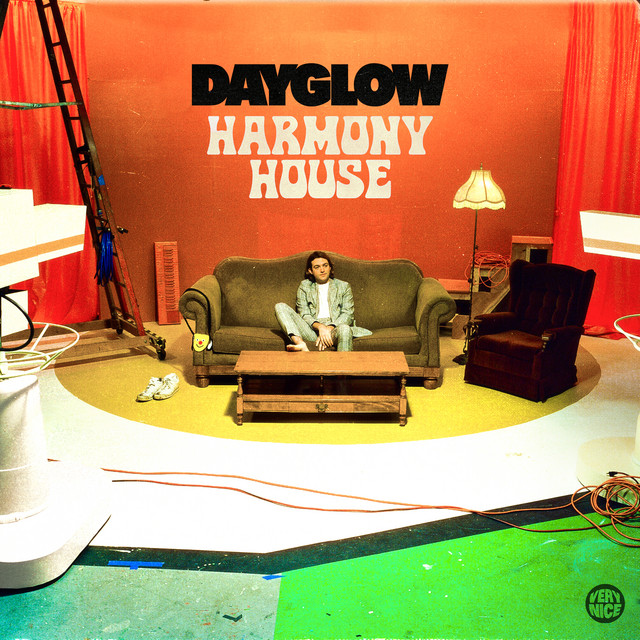 Over a month ago, Nintendo debuted a trailer for the newest model of the Nintendo Switch: the OLED. This left many fans conflicted or disappointed, including myself, and overall this new console is not a worthwhile investment whatsoever.
Over a month ago, Nintendo debuted a trailer for the newest model of the Nintendo Switch: the OLED. This left many fans conflicted or disappointed, including myself, and overall this new console is not a worthwhile investment whatsoever.
Priced at $350, a whole $50 pricier than its predecessor, it offers few improvements to the system. As the name suggests, the Nintendo Switch OLED is an upgrade to the base model of the Nintendo Switch. Listed on Nintendo’s website, the specifications are only slightly better than before.
The screen has been slightly upgraded from the 6.2-inch base model screen to a 7-inch OLED screen, and the device now has enhanced audio speakers, 64 GB of base storage (compared to the 32 GB provided by the base model), and an improved kickstand for tabletop play.
The docking station has also seen some minor adjustments, including the addition of a LAN port. Both the dock and the JoyCons have also been given some cosmetic changes, specifically a white color, but no hardware improvements have been made to the device whatsoever.
All of these changes are certainly welcome, but they don’t constitute, nor justify, the creation of an entirely separate Switch model that is more expensive. For comparison, the PS Vita (released back in 2013) came with a 5.7-inch OLED screen for a mere $250, a whole $100 cheaper than the Nintendo Switch OLED.
A LAN port almost seems like a no-brainer for a console and should have been included in the base model. This port is necessary to keep a stable connection and to ensure that eSports competitions, for games like Super Smash Bros., run more smoothly.
Now, for the biggest issue of them all: the Nintendo Switch OLED has absolutely no hardware upgrades of any kind. Sure, the updated, more vibrant OLED screen is a welcome addition, but there are no internal hardware improvements to help boost the performance of the Nintendo Switch.
For example, games such as Fortnite, struggle to run at a low resolution and have constant frame drops. And this isn’t a problem exclusive to Fortnite; many popular online multiplayer games struggle to run on the system, despite being optimized for the Switch.
One of the Switch’s most infamous issues, JoyCon drift, was not even fixed with the release of this model, which further highlights the sheer lack of any worthwhile reasons to buy this newer version.
All in all, Nintendo did the bare minimum here. Most of the upgrades are lackluster and fail to correct some of the Nintendo Switch’s most pressing issues. Most, if not all, of these new additions of the Switch OLED should have been included in the base model of the Nintendo Switch.
If you have not yet purchased a Nintendo Switch, the OLED model is the better investment to make. However, if you are like the millions of fans who already own the base model, save your money and wait for the release of the next Nintendo console.












